Hotel Restaurant Saint Louis Teramo
Discover the TerritoryThe Hotel Restaurant Saint Louis is ideally located, a few km from the center of Teramo. Likewise, the structure retains its centrality also with respect to the provincial territory, being halfway between the Adriatic coast, with its blue flags, and the mountain, which includes the Gran Sasso d'Italia, the highest peak of the Apennines. A charming fresco, which is completed with a splendid hilly landscape, with fascinating villages, rich in history, and with a food and wine offering that sums up the great hospitality, always boasting of the land of Abruzzo.
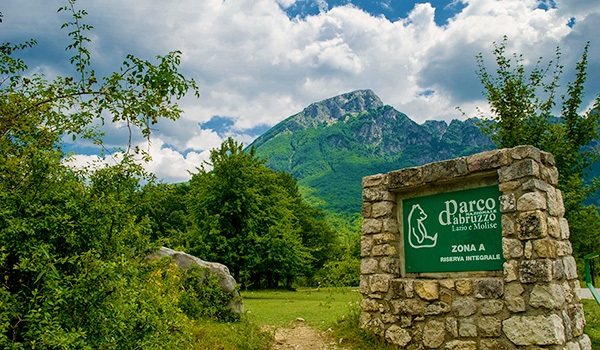
Abruzzo National Park
The Abruzzo, Lazio and Molise National Park is the oldest and most important in Italy. The biodiversity of the Park is very rich and varied both from a plant and animal point of view, think only of the presence of the Marsicano bear. The heart of the Park is Pescasseroli but there are many villages that offer art, culture, culinary traction and craft and that allow you to carry out many educational and sports activities.
Link : www.parcoabruzzo.it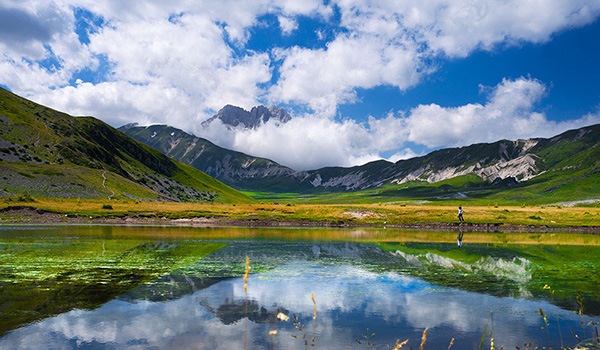
Gran Sasso and Monti della Laga National Park
The Park Territory, with purely mountain features, has very different natural environments as well as flora and fauna. The vegetation, much thicker in the teramano side, than that from Lazio and aquilano strewn with meadows–pastures, includes beech forests and magnificent blooms of high altitude. Among the animal presences to remember the wolf, the chamois, the wild boar, the bear, the eagle.
Link : www.gransassolagapark.it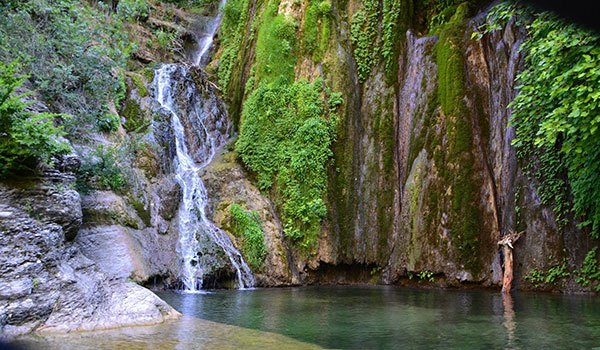
Majella National Park
The fundamental characteristic of the Majella National Park is the uninterrupted presence of man on its slopes since the dawn of time, witnessed by various prehistoric deposits. The mountain mother” of the Abruzzo people, on this mountain live the wolf, the chamois, the otter, the roe and more than 30 species of birds. In the park you can admire small towns of great historical interest such as Pacentro, Pescocostanzo, Guardiagrele, several hermitages and abbeys.
Link : www.parcomajella.it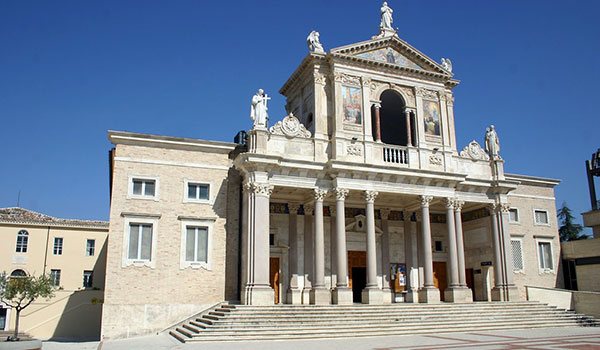
Isola del Gran Sasso/San Gabriele
Isola del Gran Sasso, a small village in the foothills, offers significant and appreciated expressions of art, architecture, traditions and religiosity that can be traced everywhere. It also offers an important natural heritage. The town is known above all for the presence of the Sanctuary of San Gabriele dell'Addolorata, "Saint of joy and smile", among the first fifteen most visited sanctuaries in the world.
Link : www.sangabriele.org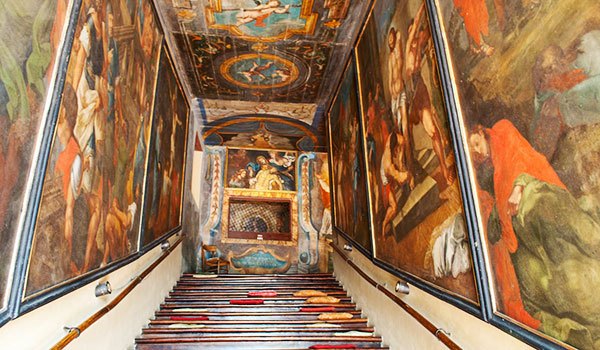
Campli – Saint Stair
Campli, a quiet village at the foot of the Monti della Laga, was an important border town between Teramo, Ascoli, the Bourbon Kingdom and the Papal State and thanks to its strategic position enjoyed numerous ecclesial privileges, including the presence of the Saint Stair, destination of many tourists and pilgrims. The Stair owes its celebrity to the fact that, kneeling on its 28 oak steps, it allows the absolution of its sins and, in some days of the year, the plenary indulgence.
Link : www.zefirocampli.it/index.php/la-scala-santa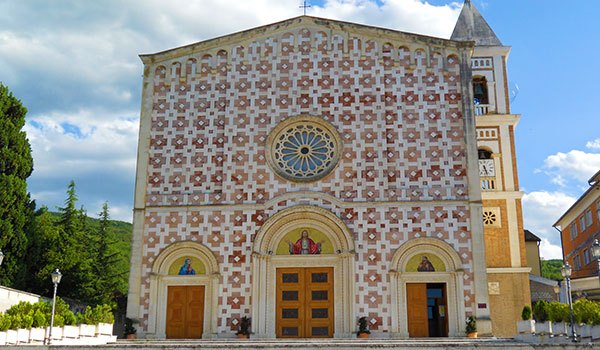
Manoppello - The Holy Face
At Manoppello, small village at the foot of the Majella, is the Sanctuary of the Holy Face, built originally in the ‘600 and pilgrimage destination because it preserves the veil that portrays what is believed to be the face of Christ. This image, visible from both sides in the same way, is called "the veil of Veronica" and, together with the Holy Shroud, would represent the only "acheropita" image of Christ.
Link : www.voltosanto.it/Italiano
Civitella del Tronto
The fortress of Civitella del Tronto is one of the most imposing works of military engineering in Italy: it extends, in fact, for more than five hundred meters in length on a rocky ridge. All its bright history is linked to the strategic position it had, for some century, as a stronghold of garrison of the northern borders of the various Neapolitan realms. The fortress and the connected village were besieged more but what has mostly gone down in history is the unfortunate defense supported against the Sardinian Piemontese army in 1860/61, ended with the surrender on March 20, 1861, last Bourbon stronghold to bend to the emerging unity of Italy.
Link: www.comune.civitelladeltronto.te.it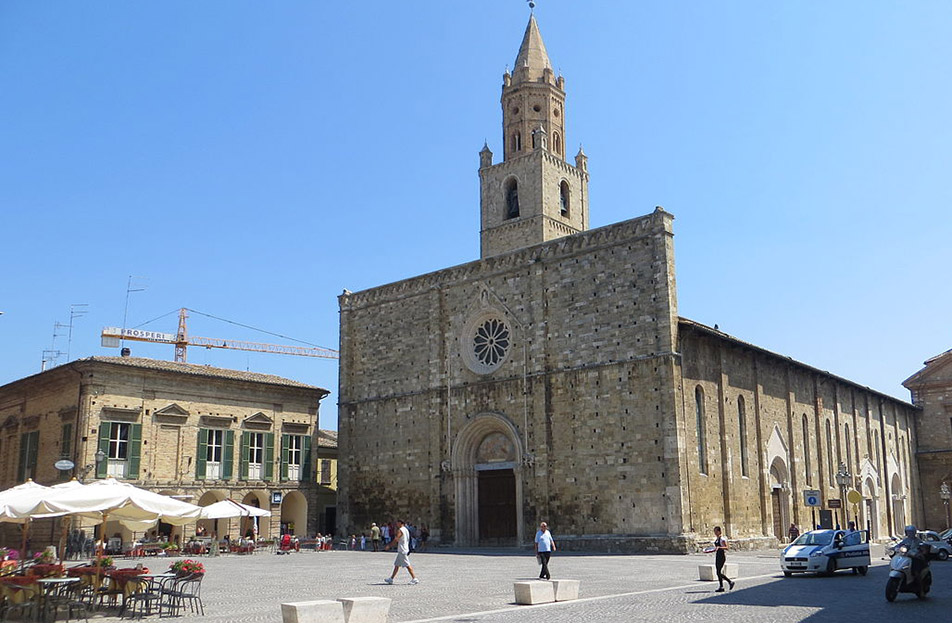
Atri
Atri was a city of great prestige in the ancient world, since the 11th and 12th centuries B.C. It was the only city on the Adriatic coast to strike coin before Rome, as well as important trading center, thanks to its port on the Adriatic, hence the thesis that the name of the same sea derives from the ancient Hatria. In Roman times the city fought alongside Rome in the wars against Hannibal. The city experienced its heyday with the Duke of Acquaviva. The glorious past of the atria is witnessed by archaeological finds scattered throughout the surrounding territory.
Link: www.comune.atri.te.it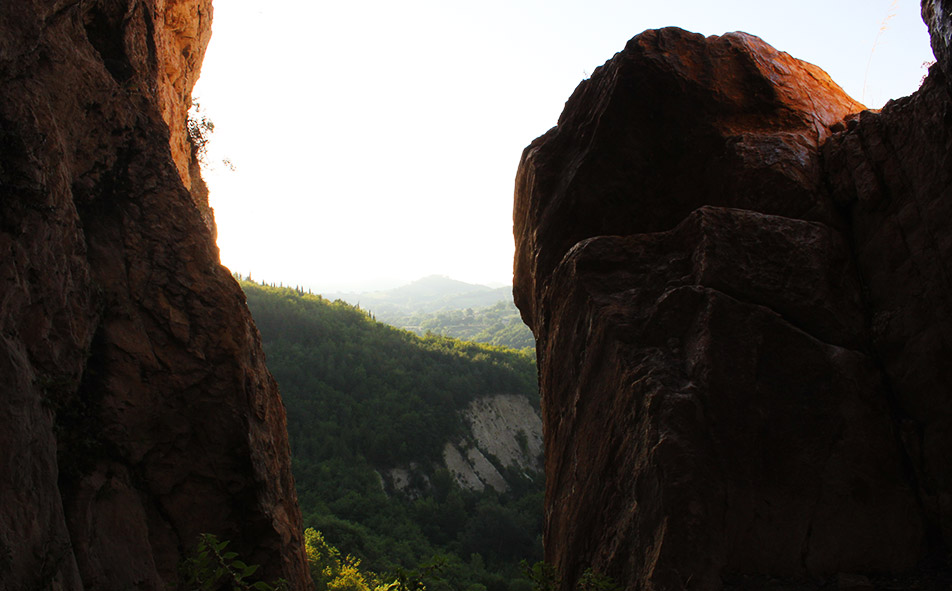
Gole del Salinello
A short distance from Civitella del Tronto, it is possible to make excursions in the Gole del Salinello. A natural environment that combines history, culture and nature between the two sides of the Gemelli Mountains: Montagna di Campli and Montagna dei Fiori. The author of this natural monument was the river Salinello which, acting on the whole mountain, has realized in millions of years, in throat shape several kilometers long, about 200 meters high and of variable width from no more than five meters to tens of meters, resulting in waterfalls, caves and cavities.
Link: www.gransassolagapark.it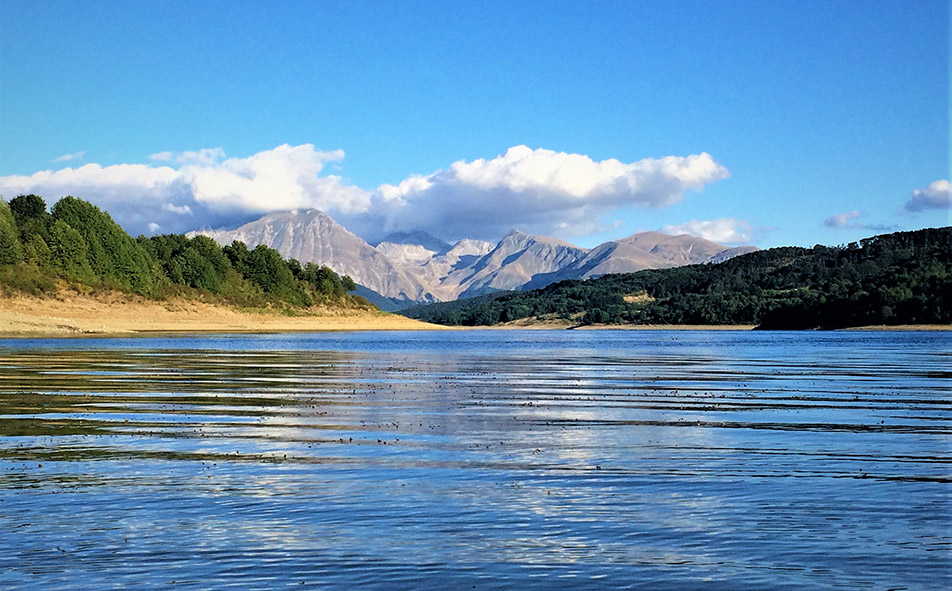
Campotosto
At the Municipality of Campotosto, divided into 4 hamlets (Campotosto main town, Mascioni, Poggio Cancelli and Ortolano) offers a suggestive unspoilt landscape to anyone who chooses to spend his holiday in absolute peace. We have news about the entire Municipality in the 13th century. During the XIV-th century the Municipality was involved in the struggle for the territory between L'Aquila and Amatrice. At the end of the fifteenth century a struggle for the control of the Pedicino zone that involves both the city of L'Aquila and the people of Mascioni and Campotosto (the first belonging to Montereale and the second to Amatrice) and in 1604 the dispute was settled by the court of Naples with the victory of L'Aquila.
Link: www.gransassolagapark.it

